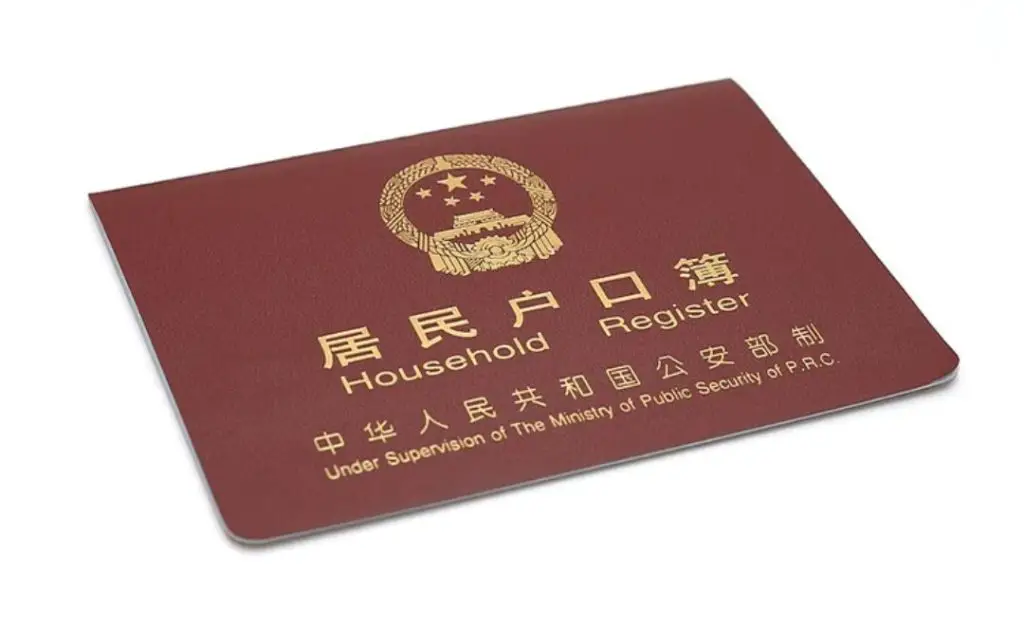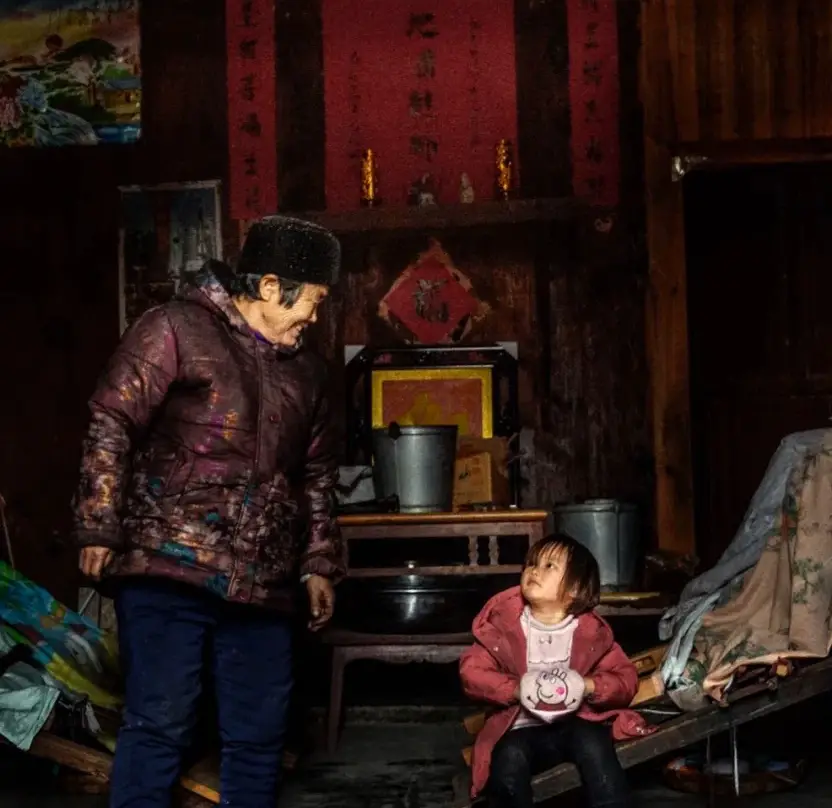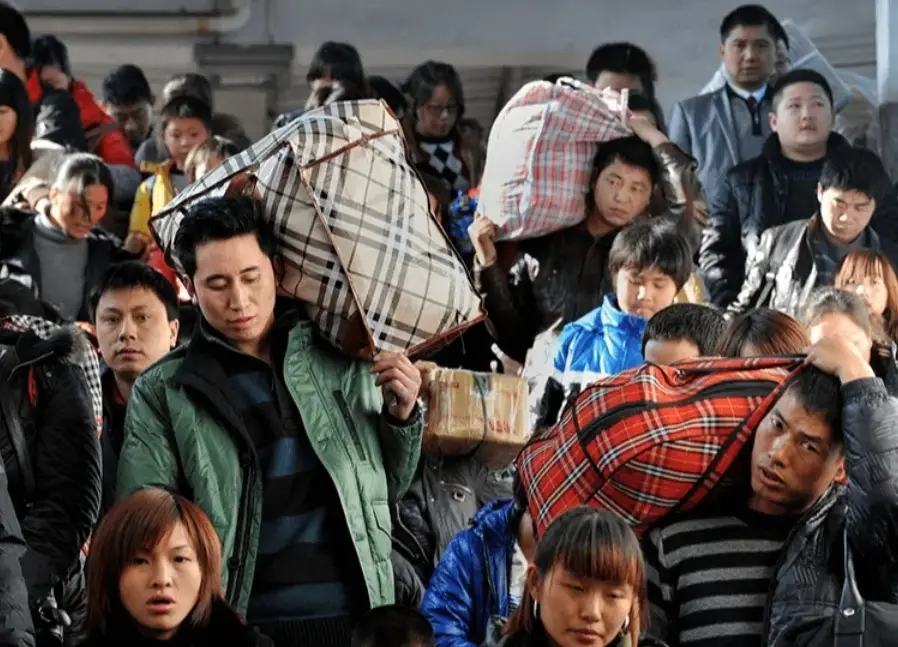China’s caste system is a complex web of social stratification that has been in place for centuries.
Despite efforts to modernize and equalize society, the system continues to codify economic inequality in modern China.
In this article, we will explore the history of China’s caste system, its impact on modern society, and what can be done to dismantle it.
The History of China’s Caste System
The video discusses the social structure of Ancient Chinese society, which was divided into 4 social groups: Shi, Nong, Gong, and Shang.
The Shi class was at the top of the social hierarchy, made up of the ruling class who held most of the power in society.
The Nong class were peasants who worked on farms owned by the Shi class, and they paid most of the taxes in the country.
The Gong class were artisans and craftspeople who made highly specialized items for the wealthy Shi class.
The Shang class were the land-owning nobles who raised armies for the governors and acted as battlefield commanders during wartime.
The video highlights the difficulty of moving between social classes, and the challenging life of peasants in Ancient Chinese society.China’s caste system dates back to ancient times, with the earliest records of the system appearing during the Shang dynasty. The system was initially based on social status and occupation, with farmers and artisans at the bottom and scholars and officials at the top. Over time, the system became more rigid and codified, with birth determining social status and opportunities.
During the Mao era, efforts were made to eliminate the caste system, but the reforms were only partially successful.
Today, the system is still deeply ingrained in Chinese society, with the hukou system reinforcing the divide between rural and urban citizens and the one-child policy contributed to a preference for male heirs. (China scrapped its decades-old one-child policy in 2016.)
The Impact of China’s Caste System
| Name | Hukou System |
| Year Established | 1958 |
| Purpose | To classify citizens into rural or urban categories at birth and provide corresponding privileges, with limited transfer between classes |
| Intended benefits | Address excess internal migration, ensure agricultural output remained high to support modernization, prevent slums, and ensure reliance on social services by urban population |
| Unintended consequences | Rural class excluded from social welfare programs, leading to discrimination and exclusion from benefits and opportunities |
| Impact on income | Moving to urban areas results in nearly 40% pay gap compared to urban citizens, rural share of national income has fallen from 70% to 20% over 3 decades |
| Current situation | Holders of rural hukou face discrimination and have little choice but to take on low-paying, dangerous jobs |

The caste system in China has far-reaching consequences for individuals and society as a whole.
- Those born into lower castes often face limited opportunities for education, employment, and social mobility. As a result, the cycle of poverty and inequality is perpetuated across generations.
- The hukou system, which ties social welfare benefits to a citizen’s place of birth, creates a stark divide between rural and urban citizens.

- Many social issues have been repeatedly raised and discussed in recent times, such as the protection of the rights of migrant workers, the education of their children, the challenges faced by parents who work in the city while their children grow up with grandparents in rural areas, and the difficulties in bridging the class divide due to the imbalance of educational resources. (As a former educator, I feel a sense of helplessness when faced with such complex societal problems.)
- The one-child policy had also contributed to a preference for male heirs, leading to a gender imbalance and a lack of social mobility for women.
Although there have been some changes to the hukou system in the last ten years that have made it easier for rural citizens to transfer their citizenship, significant disparities still exist. It will take many years to overcome the cultural attitudes and social divides that the system has created.
Dismantling the Caste System in China
Dismantling the caste system in China will require a multi-faceted approach.

Step 1: Promoting Education for All Education is crucial for breaking the cycle of poverty and inequality. Therefore, efforts should be made to ensure that all citizens have equal access to education. This can be achieved through policies that provide free education and scholarships for those in need, as well as programs that promote education in rural areas.
Step 2: Reforming the Hukou System The hukou system in China is a barrier to equality between rural and urban citizens. To promote fairness, the system should be reformed to ensure equal access to social welfare benefits and services for all citizens, regardless of their place of birth. This would help to eliminate the gap in living standards between urban and rural areas.
Step 3: Promoting Gender Equality Gender inequality is still a significant issue in China, and efforts should be made to promote equal opportunities for women. Policies should be implemented to ensure gender equality in education and employment. Public awareness campaigns should also be launched to challenge traditional gender roles and stereotypes, and promote greater understanding and acceptance of women in all areas of society.
FAQs:
No, there is no formal caste system in China, as there is in some other countries like India.
However, there are other forms of social stratification that have historically existed in China, such as the distinction between scholar-officials and commoners during the imperial era, and between urban and rural residents in modern times.
Not in the same way that India has had a caste system, but there have been other systems of social stratification in Chinese history.
For example, during the Zhou Dynasty (1046-256 BCE), there was a system of noble ranks that gave privileges and status to certain families based on their ancestry.
In later dynasties, there were also distinctions between officials, commoners, and various occupational groups.
China has implemented various policies over the years aimed at reducing social inequality, such as land reforms, education and healthcare initiatives, and poverty alleviation programs. However, there are ongoing debates and criticisms about the effectiveness and fairness of these policies, as well as concerns about the concentration of power and wealth among the political elite.


